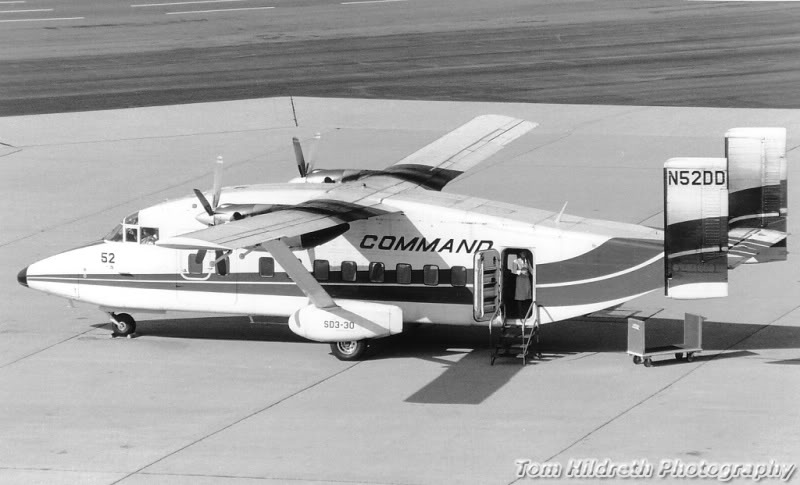SixPapaCharlie
May the force be with you
- Joined
- Aug 8, 2013
- Messages
- 16,051
- Display Name
Display name:
Sixer
Looking at planes, I see variety of wings and I am curious as to what the differences are.
Lets say I start with a plane where the body, power, and tailfins remain unchanged.
1. Both have identical wings with the exception of 1 having a thin (flatter) wing and the other having a fat wing (Speaking of top to bottom here)
What would I expect to be different in the flatter versus fatter wing
2. Both have identical wings with the exception of 1 having a longer chord (LE to TE) and the other having a narrow wing (Speaking of front to back)
What would I expect to be different in the longer chord versus narrow wing
Foundation for this question is I say this experimental low wing where the wing was just really fat (top to bottom) and I was wondering what that did for flying characteristics.
Also at our field we have these cargo planes (twin high wing) that are very square w/ huge bodies relative to their very thin (front to back) wings.
Lets say I start with a plane where the body, power, and tailfins remain unchanged.
1. Both have identical wings with the exception of 1 having a thin (flatter) wing and the other having a fat wing (Speaking of top to bottom here)
What would I expect to be different in the flatter versus fatter wing
2. Both have identical wings with the exception of 1 having a longer chord (LE to TE) and the other having a narrow wing (Speaking of front to back)
What would I expect to be different in the longer chord versus narrow wing
Foundation for this question is I say this experimental low wing where the wing was just really fat (top to bottom) and I was wondering what that did for flying characteristics.
Also at our field we have these cargo planes (twin high wing) that are very square w/ huge bodies relative to their very thin (front to back) wings.



 Not a good example since the later, thinner, taper wings lose speed.
Not a good example since the later, thinner, taper wings lose speed.